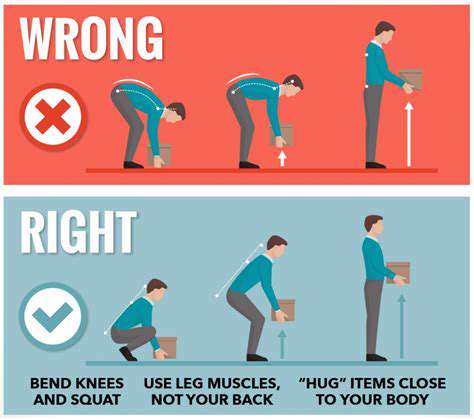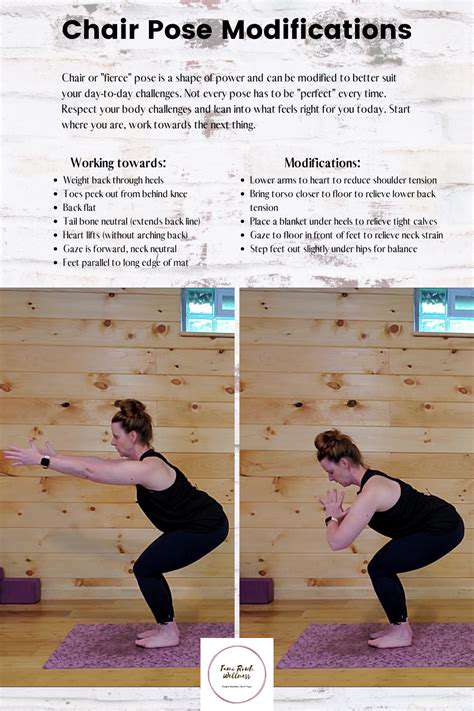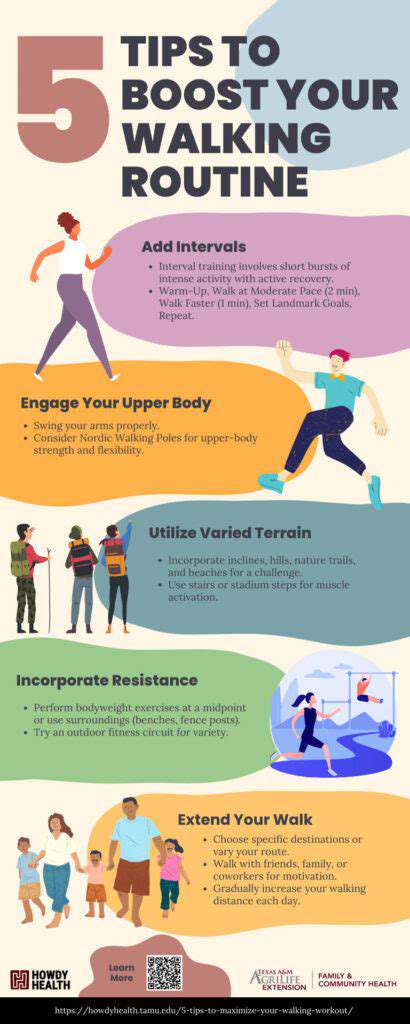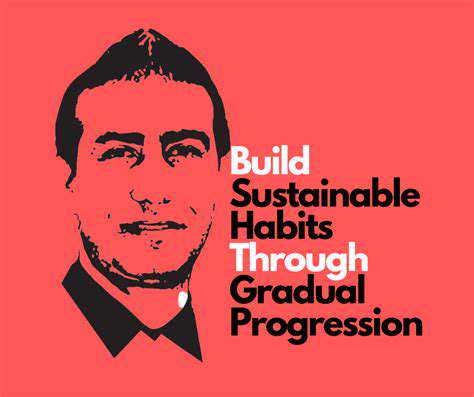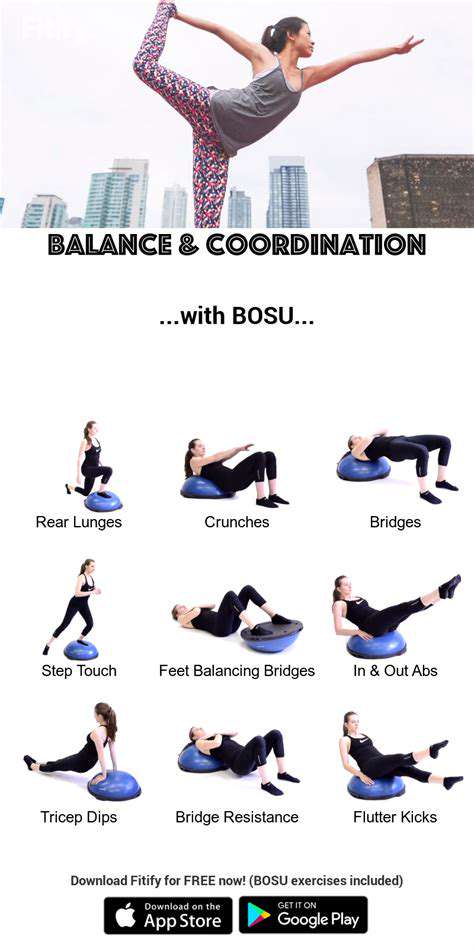The Benefits of Fresh Air and Exercise for Walker Users

Improved Mental Health Through Outdoor Walks
Boosting Mood and Reducing Stress
Regular outdoor walks can significantly improve your mood and reduce feelings of stress. The fresh air, sunlight, and physical activity combine to create a powerful effect on the brain. Studies have shown that exposure to natural environments, like parks or forests, can decrease cortisol levels, the hormone associated with stress. These walks offer a much-needed mental break from the daily grind, allowing you to clear your head and approach problems with a more positive mindset.
Furthermore, the physical activity involved in walking stimulates the release of endorphins, natural mood boosters. These feel-good chemicals reduce feelings of anxiety and depression, promoting a sense of well-being. Even a short, brisk walk can have a noticeable impact on your emotional state, making it a simple yet effective tool for managing stress and improving your overall mood.
Enhancing Cognitive Function
Stepping outside and taking a walk can sharpen your mind and enhance cognitive function. The change of scenery and the fresh air can improve focus and concentration. Studies suggest that spending time in nature can improve memory and attention span. This improved mental clarity can be beneficial for tasks requiring focus, such as studying, work, or problem-solving.
The physical activity involved in walking also increases blood flow to the brain, delivering more oxygen and nutrients to brain cells. This improved blood flow can enhance cognitive function, making it easier to learn new things and remember information. Simply put, a walk in the park can be a powerful cognitive enhancer.
Improving Sleep Quality
Outdoor walks can significantly contribute to improved sleep quality. Exposure to sunlight during your walk helps regulate your body's natural sleep-wake cycle, also known as the circadian rhythm. This regulation is essential for falling asleep and staying asleep throughout the night. A consistent sleep schedule, in turn, positively impacts your physical and mental well-being.
The physical activity from walking tires you out, promoting better sleep. However, it's crucial to avoid strenuous exercise too close to bedtime. A leisurely walk, especially in the evening, can be a wonderful way to wind down and prepare for a restful night's sleep. This natural sleep aid complements other sleep hygiene practices for a more rejuvenating sleep experience.
Physical Health Benefits
Beyond mental well-being, outdoor walks offer a wealth of physical health benefits. Walking is a low-impact exercise that strengthens your cardiovascular system, improving heart health and reducing the risk of various diseases. The physical activity involved in walking helps maintain a healthy weight, reducing the risk of obesity-related problems. Regular outdoor walks contribute to a healthier lifestyle.
Furthermore, walking outdoors exposes you to vitamin D from sunlight, which is crucial for bone health and overall well-being. This exposure is vital, especially during the colder months when sunlight is less readily available. Incorporating regular outdoor walks into your routine can contribute to a well-rounded approach to physical health and wellness.
Enhanced Mobility and Reduced Fall Risk
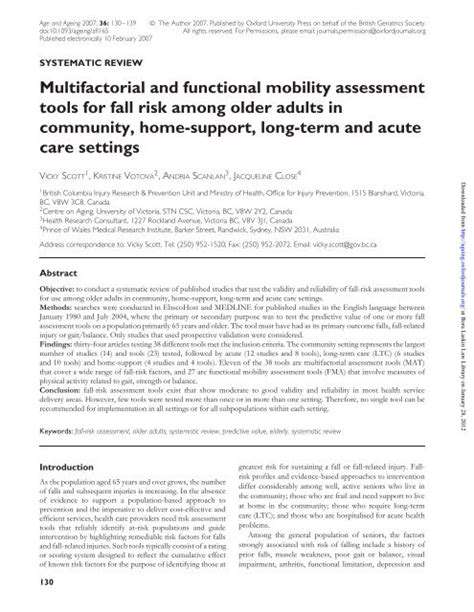
Improved Balance and Coordination
Enhanced mobility, particularly for older adults, often hinges on improved balance and coordination. Regular exercise programs, focusing on activities that challenge balance, such as tai chi or yoga, can significantly improve these crucial aspects of physical function. These exercises help strengthen the muscles that support the body, contributing to a more stable posture and reducing the risk of falls. Furthermore, improving balance reflexes is vital for maintaining stability during daily activities, and this is especially true for those who have experienced a fall or are at risk of falling.
Proper footwear is also an important factor in maintaining balance and reducing the risk of falls. Shoes that provide adequate support and traction can significantly reduce the risk of slips and trips. Ensuring that the footwear fits correctly and is appropriate for the activity is crucial. A proper gait analysis can help identify any biomechanical issues that could be contributing to balance problems and suggest suitable footwear.
Assistive Devices and Mobility Aids
A variety of assistive devices and mobility aids can play a crucial role in enhancing mobility and reducing the risk of falls. These devices include canes, walkers, and crutches, which provide stability and support during ambulation. For individuals with more significant mobility challenges, specialized mobility scooters or wheelchairs offer increased independence and freedom of movement.
Proper training and guidance on the use of these devices are essential for maximizing their benefits. Learning how to use the device safely and effectively can prevent potential injuries and ensure that it supports optimal mobility. An occupational therapist or physical therapist can provide personalized guidance and instruction on how to use assistive devices correctly.
Environmental Modifications and Safety Precautions
Modifying the home environment to be safer and more accessible can significantly impact a person's mobility and reduce the likelihood of falls. This includes removing tripping hazards such as loose rugs or cords, ensuring adequate lighting in all areas of the home, and installing grab bars in bathrooms and hallways. These seemingly small changes can make a profound difference in reducing the risk of falls and promoting independence.
Implementing safety precautions, such as using non-slip mats in the shower or bathtub, can also help to prevent falls. Regular home assessments by a professional can identify potential hazards that might be overlooked and recommend appropriate modifications for enhancing safety and mobility. This proactive approach can empower individuals to remain independent and active within their own homes, thereby improving their quality of life.




